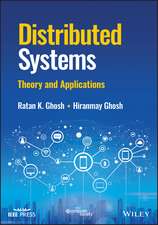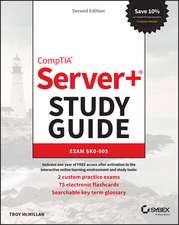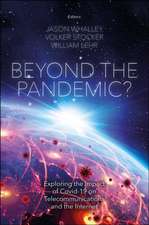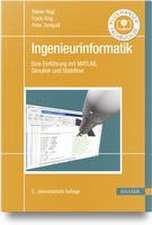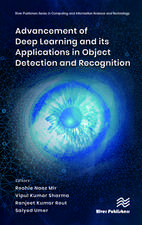Interference Mitigation in Device–to–Device Communications
Autor M Ur Rehmanen Limba Engleză Hardback – 13 apr 2022
Explore this insightful foundational resource for academics and industry professionals dealing with the move toward intelligent devices and networks
Interference Mitigation in Device-to-Device Communications delivers a thorough discussion of device-to-device (D2D) and machine-to-machine (M2M) communications as solutions to the proliferation of ever more data hungry devices being attached to wireless networks. The book explores the use of D2D and M2M technologies as a key enabling component of 5G networks. It brings together a multidisciplinary team of contributors in fields like wireless communications, signal processing, and antenna design.
The distinguished editors have compiled a collection of resources that practically and accessibly address issues in the development, integration, and enhancement of D2D systems to create an interference-free network. This book explores the complications posed by the restriction of device form-factors and the co-location of several electronic components in a small space, as well as the proximity of legacy systems operating in similar frequency bands.
Readers will also benefit from the inclusion of:
- A thorough introduction to device-to-device communication, including its history and development over the last decade, network architecture, standardization issues, and regulatory and licensing hurdles
- An exploration of interference mitigation in device-to-device communication underlaying LTE-A networks
- A rethinking of device-to-device interference mitigation, including discussions of the challenges posed by the proliferation of devices
- An analysis of user pairing for energy efficient device-to-device content dissemination
Perfect for researchers, academics, and industry professionals working on 5G networks, Interference Mitigation in Device-to-Device Communications will also earn a place in the libraries of undergraduate, graduate, and PhD students conducting research into wireless communications and applications, as well as policy makers and communications industry regulators.
Preț: 752.14 lei
Preț vechi: 826.53 lei
-9% Nou
143.92€ • 150.57$ • 119.56£
Carte tipărită la comandă
Livrare economică 03-17 aprilie
Specificații
ISBN-10: 111978879X
Pagini: 240
Dimensiuni: 178 x 248 x 19 mm
Greutate: 0.58 kg
Editura: Wiley
Locul publicării:Chichester, United Kingdom







